Microphone & Call Quality
The iFi GO pod features high-quality, built-in MEMS microphones, which, similar to all TWS earphones and adapters, present a challenge for manufacturers due to their physical distance from the user’s mouth. Over the past few years, numerous traditional, rod-less true wireless earphones have been reviewed, and most encounter the same issue. Unfortunately, the GO pod is no exception.
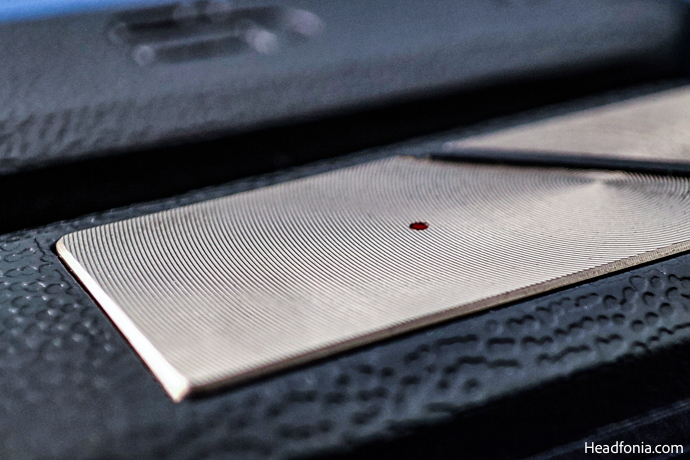
In quiet environments, the GO pod adapters perform remarkably well, transmitting the user’s voice with clarity and precision. However, in noisy settings with significant background chatter, call quality can deteriorate rather quickly. Despite this limitation, it is commendable that iFi has equipped the GO pod with superior MEMS microphones featuring cVc, even though the device may not isolate human voices as effectively as products like Apple’s AirPods Pro 2. The GO pod is well-suited for use in office or home environments, but it is important to manage expectations regarding call performance in comparison to TWS earphones with extended rods.
Sound & Performance
The GO pod has a neutral signature with a slightly elevated low end. The detail level is impressive for an adapter. It sounds clean and clear with a good amount of detail retrieval across the spectrum. The warmth from the slightly elevated low end increases musicality and perceived dynamism, especially while listening to EDM & dance genres. The GO pod does not heavily saturate or manipulate the signature of the IEMs you use it with.
Starting with the low end, the GO pod provides a slightly elevated bass response that adds a touch of warmth and musicality to the sound. This makes it particularly well-suited for EDM and dance genres where a punchy and dynamic low end is essential. The sub-bass presentation is round and impactful, hitting harder and deeper compared to other TWS adapters we’ve reviewed on Headfonia. The bass is not overpowering and does not bleed into the midrange. The low end is well-controlled, tight, and provides good impact and body to the presentation.
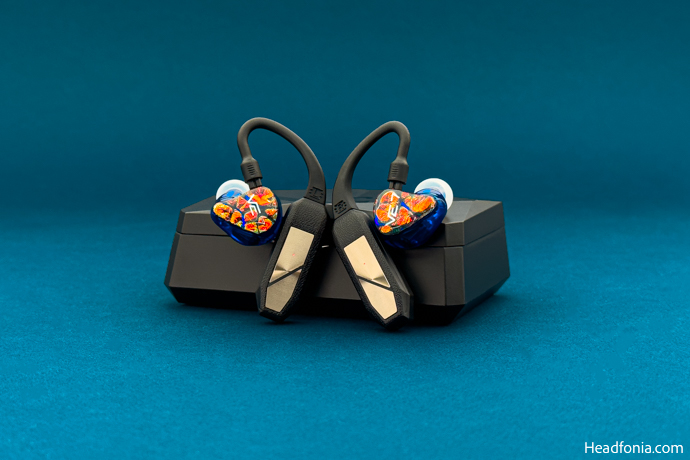
Moving on to the midrange, the GO pod delivers a well-balanced and clear midrange that feels transparent. I’m using Vision Ears VE7 as the testing IEM, which has a very clean midrange with lots of detail. GO pod does a great job of conveying the signature of the VE7, providing a transparent and neutral midrange. The vocals and instruments are well-defined and presented with natural tonality. It does not feel colored or artificial at all. The midrange has good transparency and does not sound congested or veiled. The midrange has good note weight, and the instrument timbre feels accurate, especially for a wireless device.
Continuing with the highs, the treble presentation of the GO Pod is expansive and detailed, with great resolution and clarity that complements the overall sound signature. The treble extension is excellent, providing a sense of airiness and sparkle that adds excitement and liveliness to the music. From the GO pod & VE7 combo, you can expect a well-defined and detailed treble that never becomes harsh or fatiguing. The cymbals, hi-hats, and other upper mid/treble dependent instruments benefit from the GO pod’s neutral reproduction, maintaining their natural timbre and texture. I also tried it with Yanyin Moonlight Ultra and the high frequencies were well-balanced and never overly bright or sibilant, ensuring a smooth and enjoyable listening experience.
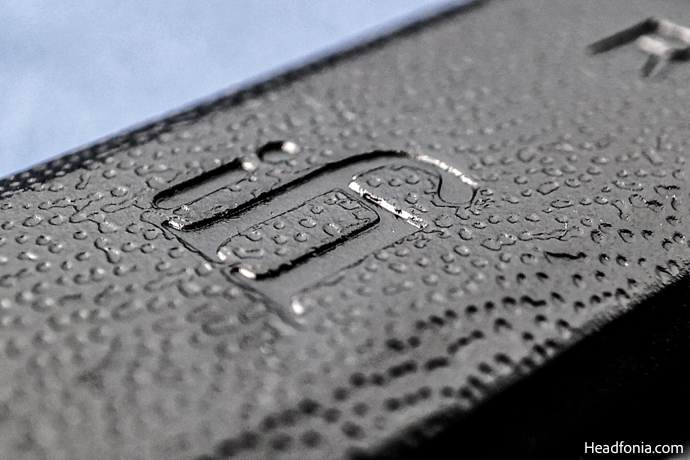
Technical Capability
In terms of technical capabilities, the GO Pod demonstrates remarkable prowess for a wireless adapter. It is possibly the most advanced adapter on the market right now. In terms of soundstage and imaging, the GO pod delivers a spacious and immersive presentation that rivals some wired solutions, especially entry-level DAPs like M3X. The soundstage exhibits a good sense of width, height, and depth, allowing for accurate placement and separation of instruments and vocals. This creates an engaging and realistic listening experience. The resolution and detail retrieval ability of the GO Pod is satisfactory, delivering impressive performance for a device of its form and factor. In terms of hiss and noise, the GO Pod performs very well, with a black background, even with my 12-ohm VE7 IEMs.
Comparison vs. FiiO UTWS5 ($129 USD)
Design and Build Quality
The UTWS5 and GO pod both provide a secure and comfortable fit, thanks to their interchangeable and moldable ear hooks. As a glasses wearer, I find the UTWS5 slightly more comfortable, while my girlfriend prefers the GO pod. In terms of connector options, the UTWS5 supports MMCX and 2-pin connectors, while the GO pod offers a broader range of compatibility, including MMCX, 2-pin, and Pentaconn connectors, with more options on the horizon.
Bluetooth Connectivity
The UTWS5 features Qualcomm’s QCC5141 chipset which supports Bluetooth 5.2 and AAC/SBC/aptX/atpX adaptive codecs, allowing for high-quality audio streaming. FiiO introduced LHDC support with the v1.5 firmware for the UTWS5 but it is currently in BETA. The GO pod features a slightly better chipset from the same BT range, Qualcomm’s QCC5144. It also features Bluetooth 5.2 but offers a broader range of codecs, including higher-end aptX HD, LHDC/HWA, and LDAC for better wireless audio.
DAC & Amplification
In terms of amplification, the GO pod outperforms the UTWS5 by offering balanced circuitry and nearly twice the power output. It also includes separate, high-quality components for digital-to-analog conversion and amplification. The GO pod automatically detects the connected IEM’s impedance and delivers a more powerful output, making it suitable for a wider range of IEMs. While the UTWS5 employs AKM’s AK4332 DAC chip in each adapter, the GO pod utilizes Cirrus Logic’s Master-Hifi DACs.
Battery Life
A single charge of the UTWS5 provides up to 5.5 hours of playback, with a 580mAh charging case extending the total playtime to around 30 hours. The GO pod, featuring a 180mAh internal battery, offers up to 7 hours of playback, and its 1500mAh charging case boosts the total playtime to approximately 35 hours.
Microphone & Call Quality
Both devices come with built-in microphones and perform well in quiet environments, but their call quality diminishes in noisy settings. Although the UTWS5 has a two-mic layout, the GO pod delivers slightly better voice clarity, but the difference is minimal.
Sound Quality
Both of the devices sound great, especially for their respective price tags. I volume-matched them and compared them side by side using Vision Ears VE7 IEMs. To my ears, the GO pod sounded a bit more dynamic, punchy, and detailed whereas UTWS5 felt linear in comparison. The main difference lies in their technical capabilities, with the GO pod outperforming the UTWS5 in terms of power, PRaT, and dynamism, resulting in a more vivid, engaging, and coherent sound. However, there is a significant price gap between the two devices. High-end IEM owners seeking the best possible sound on-the-go may prefer the GO pod, while those with IEMs around the $500 mark might find the UTWS5 satisfactory. Ultimately, your choice will depend on your specific setup, budget, and personal preferences.
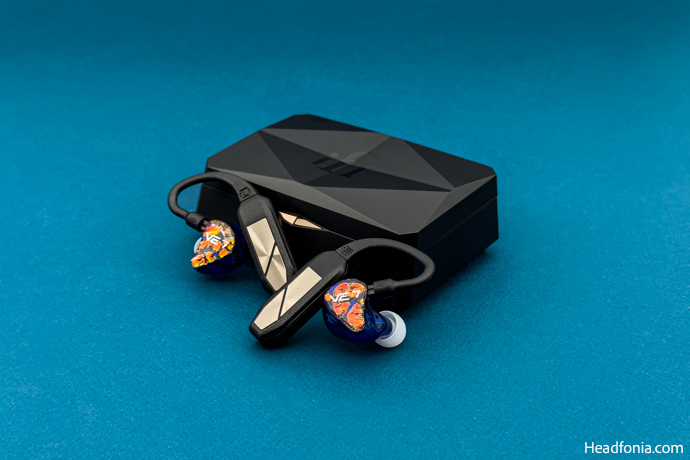
Last Words
Overall, the GO pod is a versatile and high-quality audio adapter that delivers a clean, clear, and neutral sound signature with a touch of warmth in the low end. Whether you’re listening to EDM, classical music, or anything in between, the GO pod is a compelling option for audiophiles and music enthusiasts seeking a high-quality wireless audio solution.
The iFi Audio GO pod isn’t the cheapest, but purely on quality, it deserves a spot on our Recommended Buy List!
Pros
+ Great sound
+ Great technical capability
+ Good battery
Cons
– Price on the high side
– Lacklustre app
Page 1: iFi Audio, GO pod, Packaging & Accessories, Design & Build Quality
Page 2: Controls, Technology, DAC & Amplification, Battery Life,
Page 3: Sound & Performance, Technical Capability, Comparison, Last Words





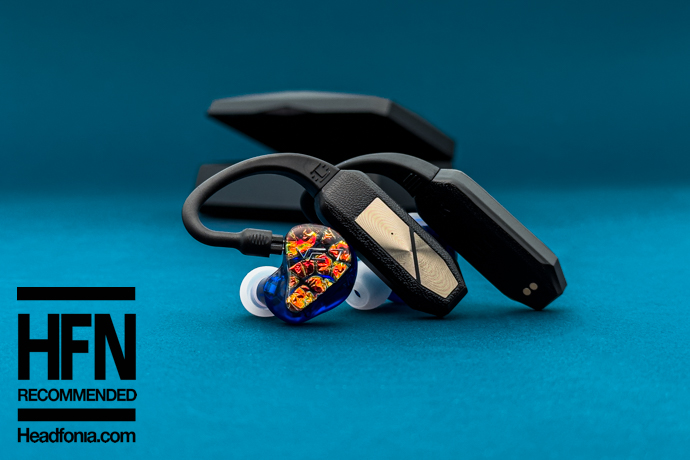

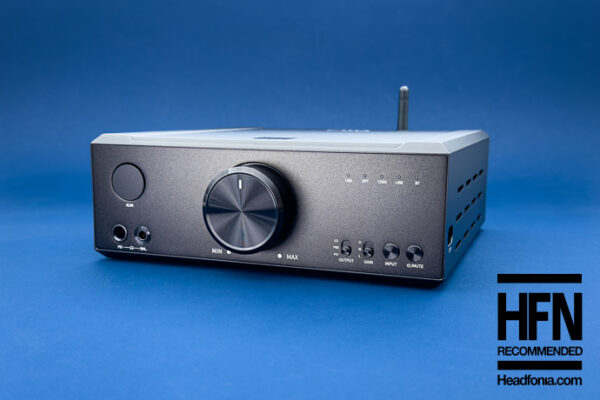
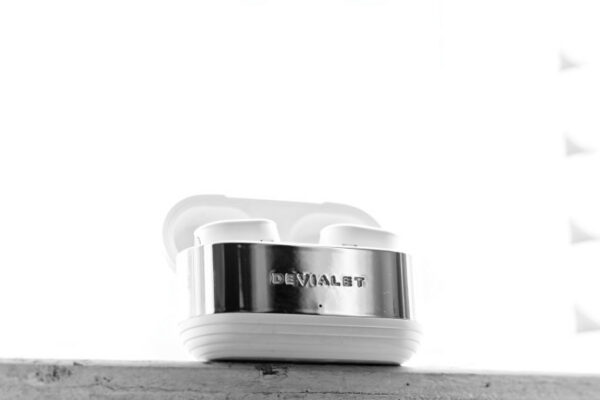
Mason W.
I’m not sure what iFi was thinking with this pricing, $400 is ridiculous no matter how you slice it. I could understand $200 or $250 for what’s on offer here, but when the UTWS5 exists for about a third of the price, any possible value proposition goes straight out the window. No dedicated app is a huge miss, and the first 1000 units only being sold as a package with a set of IEMs is just a strange choice.
I’ll wait for FiiO to release a UTWS7 for $200 with interchangeable ear hooks and the same codec support as the GO Pod.
River of Sound
I checked out iFi’s site and noticed the pricing for the bundles. Almost gave me a heart attack. But then I started researching the iem in each bundle and found that the value proposition varied a bit from iem to iem. Wish I could have found one retailer that carried all of them but this still shows that the bundles from iFi are a decent deal if you are in the market to get a new set of iems (or if you are new to the quality iem world like me). Hope this helps on the price perspective!
Meze Rai Penta from Crutchfield – $1100
iFi bundle with Rai Penta – $1200
…price of iFi Go Pod – $100
64 Audio U4s from Sweetwater – $1100
iFi bundle with U4s – $1300
…price of iFi Go Pod – $200
Symphonium Meteor from Symphonium – $600
iFi bundle with Meteor – $800
…price of iFi Go Pod – $200
Craft Ears Aurum from Zeppelinandco – $2000
iFi bundle with Aurum – $1400
…price of iFi Go Pod – ($600)
S
I’m curious to hear how the sound quality on this device differs to, say, the iFi GO blu or FiiO BTR7. Seems like a natural comparison as well.
gorman
I wonder if, given the size of the box, CIEMs will finally be able to rest inside. Fiio solutions are not working in this regard, I use a UTWS3 which I heavily modded with dremel and milliput but I don’t want to repeat the experience, EVER.
Also, any idea of when Estron T2 connectors are gonna be available?
BK Shah
I found the Aptx Adaptive superior to LDAC with the ifi Go Pod. Used in conjunction with Meze Rai Penta.
leo
i have utws5 = meze rai penta. does worth upgrade to ifi go pod ?does i will feel better sound quality?